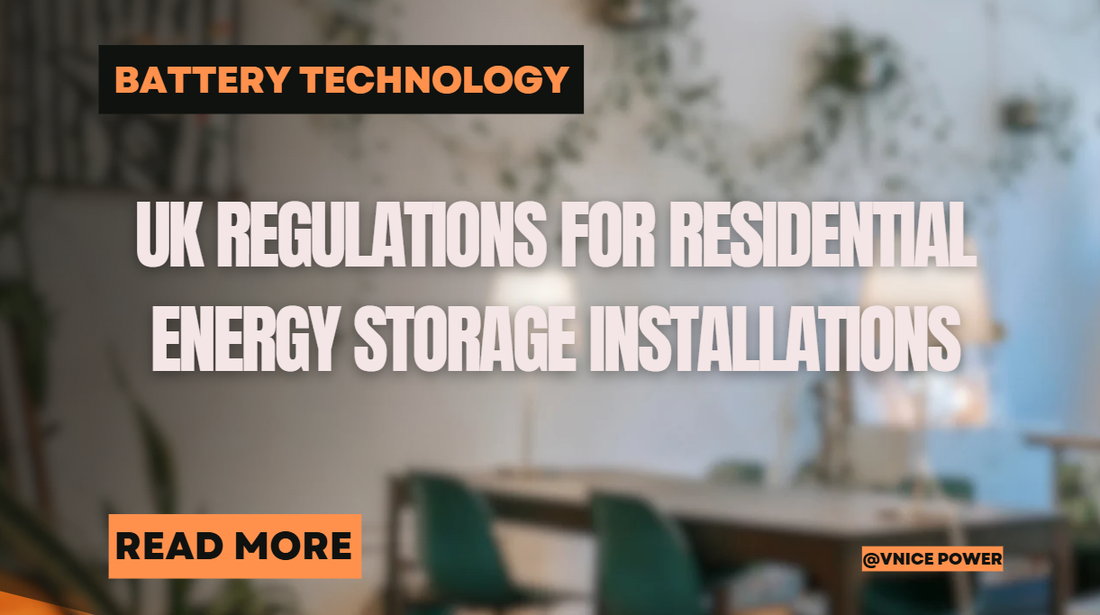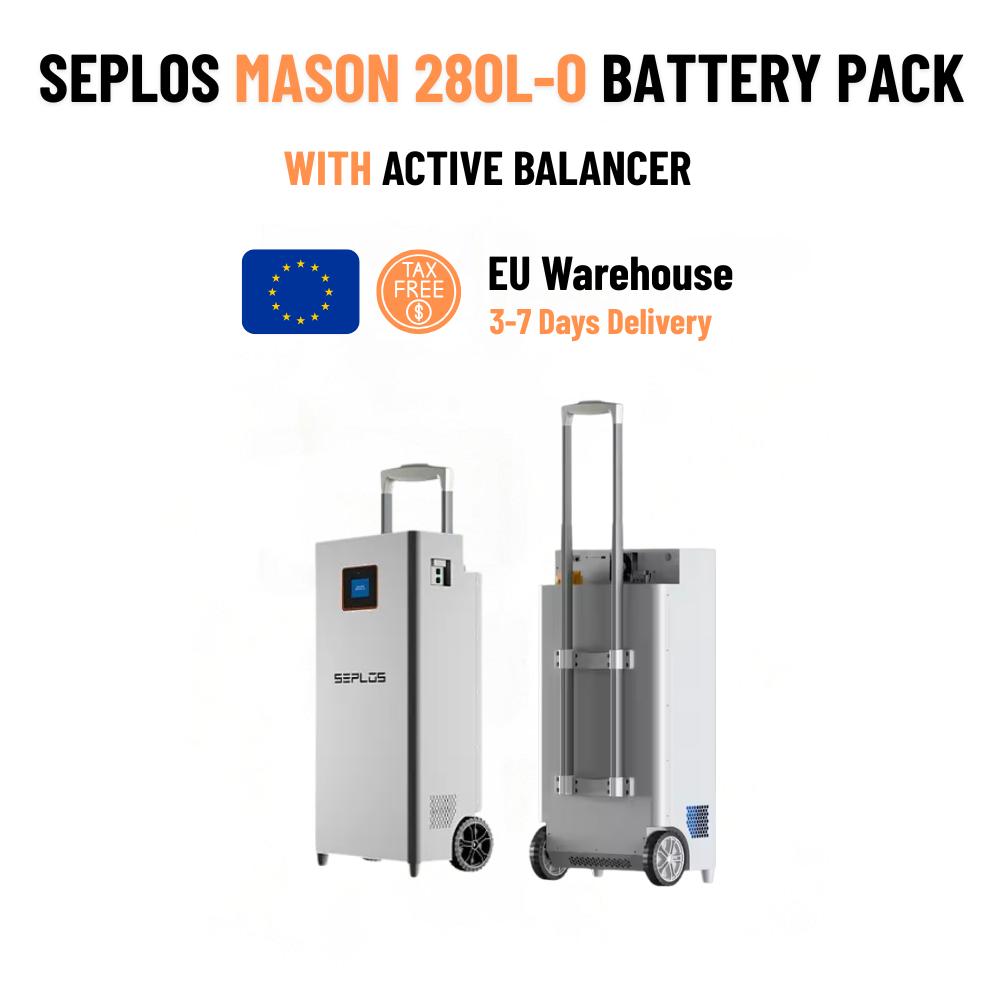
UK regulations for residential energy storage installations
Navigating UK Regulations for Residential Energy Storage Installations: A Homeowner's Guide
Installing a residential energy storage system is one of the smartest decisions a UK homeowner can make. It maximises the use of your solar-generated electricity, increases energy independence, and provides a crucial backup during power cuts. However, before you invest in a battery system like those from VnicePower, it’s vital to understand the regulatory landscape. Navigating the rules ensures your installation is safe, legal, and eligible for potential support schemes.
This definitive guide breaks down the key UK regulations you need to know.
1. Planning Permission: Do You Need It?
In most cases, the answer is a resounding no. The UK government’s Permitted Development rights typically cover home energy storage systems.
- If installed indoors (e.g., in a garage or utility room), planning permission is almost never required.
- If installed outdoors, the system is usually considered permitted development, provided it meets certain conditions:
-
-
It must be sited within the curtilage of a dwelling house.
-
Only one standalone system is installed.
-
It does not exceed 0.2 cubic metres in size if it’s a standalone unit.
-
It is not installed on a wall facing a highway (if attached to the house).
-
Always check with your local planning authority (LPA) if your property is listed, in a conservation area, or subject to other restrictive covenants, as Permitted Development rights may be withdrawn.
2. Building Regulations: The Cornerstone of Safety
While planning permission may not be needed, compliance with Building Regulations is mandatory. These regulations ensure the installation is safe for you and your property. Key aspects include:
- Part P (Electrical Safety): This is non-negotiable. All electrical installation work in dwellings must be safe. Your battery system must be installed by a competent, certified electrician registered with a government-approved scheme like NICEIC, NAPIT, or STROMA. They will self-certify the work and issue a Building Regulations Compliance Certificate.
- Part A (Structural Safety): The installation must not adversely affect the structural integrity of the building. This includes ensuring the wall can support the weight of a wall-mounted battery.
- Part B (Fire Safety): The system must be installed with adequate separation from escape routes and potential fire hazards. Batteries, particularly certain lithium-ion chemistries, have specific fire safety protocols. Installers must follow the manufacturer's guidelines and best practices.
3. DNO Notification: Informing the Grid
Your District Network Operator (DNO) is the company that owns and operates the electricity grid in your area. You must inform them of your intention to install a storage system, even if it’s only for backup.
- G99 Approval: For systems that can export electricity to the grid (e.g., a hybrid inverter charging a battery from solar and potentially sending surplus to the grid), you must seek formal G99 approval from your DNO. This process involves a technical assessment to ensure your system won’t disrupt the local grid. This process can take up to 8 weeks.
- G98 Notification: For simpler systems that do not export to the grid (e.g., AC-coupled systems with strict anti-islanding protection), a simpler G98 notification process may apply. Your installer will handle this crucial communication.
Failure to notify your DNO can result in your system being disconnected and constitutes a safety risk for engineers working on the network.
4. Safety Standards and Product Compliance
Your chosen equipment must meet the highest international safety standards. Look for certifications such as:
- IEC 62619: The critical international safety standard for large-format lithium batteries, covering hazards and functional safety.
- UN 38.3: Certification for the safe transportation of lithium batteries.
- CE/UKCA Marking: Indicates conformity with health, safety, and environmental protection standards for products sold in Great Britain.
Reputable manufacturers like VnicePower design their residential battery systems to exceed these stringent standards, providing homeowners with peace of mind regarding the core technology's safety and reliability.
5. The Importance of MCS Certification
While not a legal requirement for the installation itself, MCS (Microgeneration Certification Scheme) certification is crucial if you want to participate in government incentives like the Smart Export Guarantee (SEG). The SEG pays you for excess renewable electricity you export to the grid.
- To be eligible for the SEG, both your solar panels and battery installer must be MCS-certified.
-
Using an MCS-certified installer also guarantees that the installation has been carried out to the highest quality and safety standards.
Conclusion: A Compliant Installation is a Safe Investment
Understanding UK regulations for residential energy storage might seem daunting, but it fundamentally boils down to a few key steps: confirming permitted development, hiring a competent and certified installer, notifying your DNO, and selecting high-quality, certified equipment.
A professional installer will manage most of this process for you. Your role is to choose a partner who understands these regulations inside and out. By investing in a compliant system from a trusted provider like VnicePower, you’re not just buying a battery; you’re investing in long-term safety, performance, and peace of mind for your home.
Ready to explore compliant and reliable energy storage solutions for your home? Discover the range of certified battery systems designed for the UK market at VnicePower Store.

